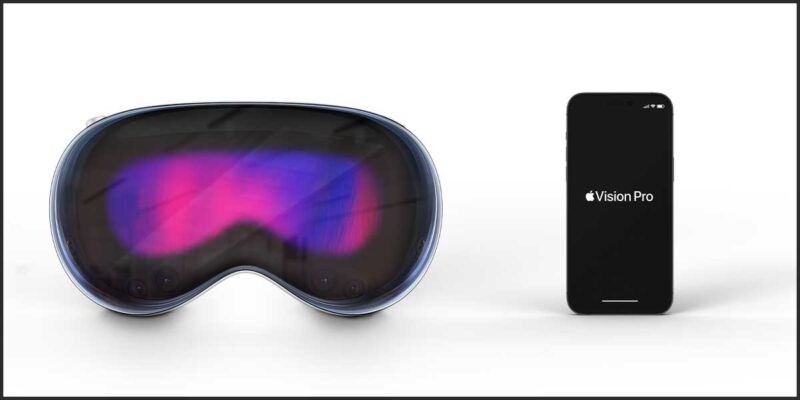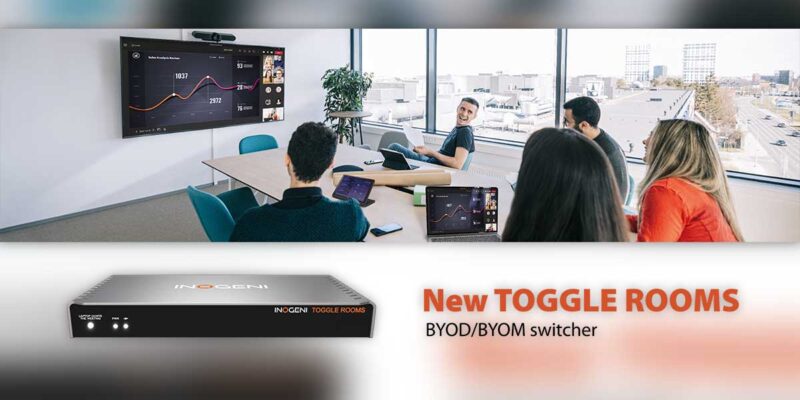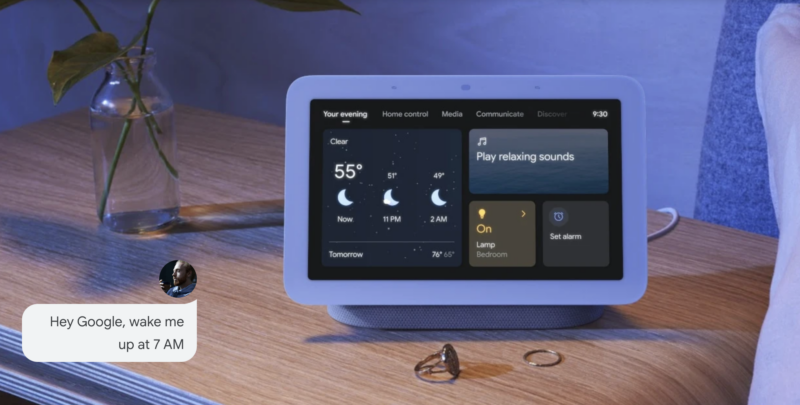Three Things the iPhone 6 Tells Us About Future Audio Visual Systems
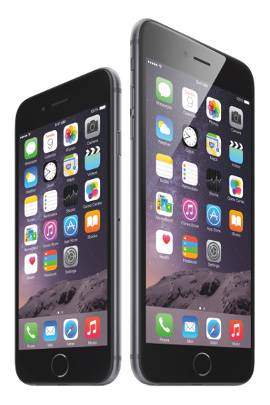 By Jeremy Boyd, CTS
By Jeremy Boyd, CTS
Systems Design Consultant, AVI Systems
Apple is not the end-all-be-all in the electronics space, but Apple’s products are often indicators of where we are headed. The iPod was an indicator of how we would start to consume music and the iPhone was the catalyst for many of us to look at our phone as more than just a phone. In the AV world, we have been providing touch panels as control devices for a long time, but iOS and Android products put one in everyone’s hand. This made the technology much less threatening and also drove some much needed innovation among control panel manufacturers. Apple and its products are some of the best tea leaves we have for looking to the future of technology.
Apple’s announcement of the iPhone 6 and the roll out of iOS 8 do not add any direct features or benefits related to an audiovisual integrator’s offerings, but there are a few announcements from Apple that indicate big changes in how we interact with the technology around us at work.
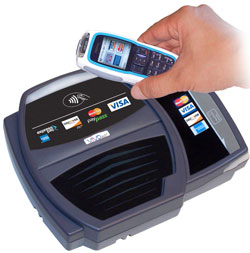 1. NFC
1. NFC
Near Field Communication is not a new technology. It has been on key fobs and many non-Apple phones for years. You might have seen the MasterCard PayPass or AmEx ExpressPay credit card machines at the checkout counter of your favorite retail store. This is the usage of NFC that has gotten all the press over the last week and for good reason since it’s the only usage enabled on the iPhone at this time. Nonetheless, the NFC chip in the iPhone is capable of much more than just getting you out of 7-Eleven faster. Imagine getting real-time information about where people physically are in the office and adjusting lighting, shades and the thermostat appropriately. Why are we heating and lighting the CEO’s 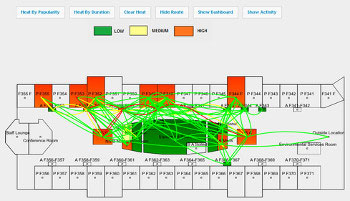 boardroom when no one is inside? Or instead of tracking employee movements (which borders on being creepy) why not swipe your phone over the conference table’s cable cubby to log you in to access your files and set up the conference room just the way you like it. Since the room would then know who you are, it could dial into the conference call or set up the video conference call using your credentials. The room could then send a text message to all the late-comers letting them know you’ve started. Since employee movement is tracked and the building is aware of who already made it, there’s no need to bother those who were on time with the text.
boardroom when no one is inside? Or instead of tracking employee movements (which borders on being creepy) why not swipe your phone over the conference table’s cable cubby to log you in to access your files and set up the conference room just the way you like it. Since the room would then know who you are, it could dial into the conference call or set up the video conference call using your credentials. The room could then send a text message to all the late-comers letting them know you’ve started. Since employee movement is tracked and the building is aware of who already made it, there’s no need to bother those who were on time with the text.
Apple, Google and Microsoft all have a ways to go before this is a reality and other manufacturers will need to coordinate closely to ensure that we don’t end up with three separate standards, but as phones become keys many new opportunities to use NFC will pop up.
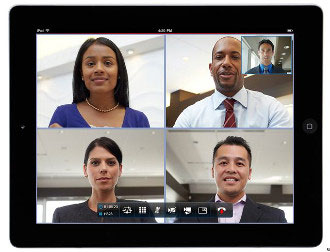 2. Mobile Video Conferencing
2. Mobile Video Conferencing
It’s no secret that video conferencing is not what it once was. While integrated video conferencing rooms are still needed to facilitate meetings, the most effective use of the technology incorporates everyone who couldn’t make it into an equipped meeting room. Employees who home office, road warriors and others in the field are all now able to be their own video endpoint using their laptop, tablet or phone. Apple’s upgrade of the “Facetime” camera with better low light performance and full HD indicates that front facing cameras are supposed to be used for more important things than selfies. Businesses are understandably fed up with conference call participants being less than attentive and many are mandating that a camera be on if you’re going to claim to be part of a meeting. Now there’s no excuse for being an audio-only participant.
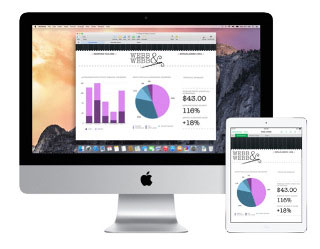 3. Continuity
3. Continuity
Apple’s iOS 8 interface is centered around the word continuity and trends toward BYOD and office mobility are desperate for continuity to become a present reality. New features allow users to move files between devices without a third party system like Dropbox and also make it possible to start a task on one device and pick it up in the same place on another. Work on a spreadsheet at your desk, grab your phone, walk to the conference room and bring up the same spreadsheet in the exact same view as though you hauled your laptop to the room. This paradigm begs the question of whether all employees need a laptop since mobility could be managed through lower cost clients at the desk and mobile devices everywhere else. Appropriately equipped conference rooms and huddle rooms will be critical in making this transition.
Audio visual and building management solutions are constantly evolving. Staying ahead is difficult and sometimes impossible but using some intuition, designs can incorporate a future inclusive vision that embraces new technologies and cultural shifts keeping you and your business moving forward.
 Jeremy Boyd received his first computer at the age of two and has been tinkering with technology ever since. Today, Jeremy partners with businesses to implement technology as an integrated part of their business strategy. He specializes in communications systems such as digital signage, telepresence/UC, and live sound. Jeremy is a systems design consultant at AVI Systems and lives with his wife and two children south of Denver, Colorado. Reach him on Twitter, LinkedIn or via email.
Jeremy Boyd received his first computer at the age of two and has been tinkering with technology ever since. Today, Jeremy partners with businesses to implement technology as an integrated part of their business strategy. He specializes in communications systems such as digital signage, telepresence/UC, and live sound. Jeremy is a systems design consultant at AVI Systems and lives with his wife and two children south of Denver, Colorado. Reach him on Twitter, LinkedIn or via email.
Images via Apple, VISA, InformationWeek, Polycom, Apple
This blog is reprinted with permission of Jeremy Boyd.



